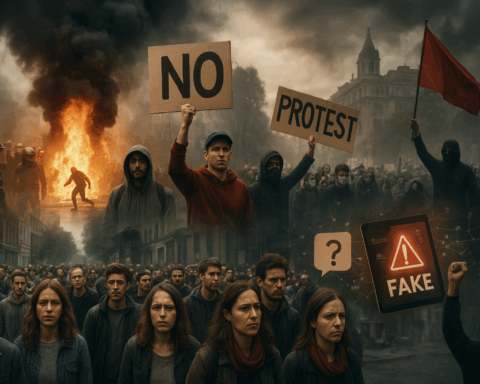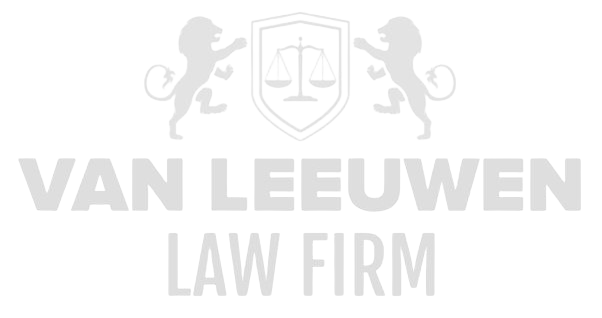The era in which organizations and states operate is increasingly defined by an acute scarcity of trust. Where once the word of an institution, an executive, or a government official sufficed to calm markets and reassure citizens, a paranoid scrutiny of every action now reigns. Trust, once considered an inherent social and economic asset, has been transformed into a fragile, almost precious currency. Every misstep, every ambiguity, every perceived inconsistency is examined under a microscope and mercilessly exploited by competitors, regulators, and the insatiable media alike. In this context, credibility is no longer measured merely by success stories or profit figures, but by the precision and integrity with which an organization manages the lurking threats of financial mismanagement, fraud, bribery, and other forms of moral compromise. For the executive suite, reputation is no longer an optional strategic instrument; it is a lifeline that, at the slightest neglect, can be irreparably damaged.
The foundation of trust is systematically tested today by the exposure of illegal or ethically dubious practices. Reports of money laundering schemes, bribery, abuse of offshore structures, and violations of international sanctions dominate headlines and shape the perception of markets, partners, and regulators. Any organization exposed to these storms without crystal-clear transparency and consistent integrity risks permanent marginalization. Executives are compelled to develop an almost obsessive attention to compliance, risk management, and anticipation of allegations that could undermine the very foundation of institutional trust. The implications extend far beyond legal repercussions; they strike at the moral fabric of the enterprise and the perception of credibility among stakeholders, a dynamic that, if mishandled, often culminates in a crisis of existential proportions.
Financial Mismanagement: The Insidious Poison of Leadership
When executives engage in financial mismanagement, a slow erosion of trust begins, often only fully recognized when irreversible damage has occurred. The absence of rigorous internal controls, coupled with a culture that tolerates financial improvisation and opportunism, exposes an organization to a creeping disintegration of credibility. Executives who ignore these warning signs place not only shareholders’ and investors’ capital at risk but also the ethical legitimacy of the entire enterprise.
Financial missteps often manifest in opaque accounting structures, manipulation of earnings, or the masking of losses behind complexity deliberately designed to avoid transparency. Each such mechanism represents a double-edged sword: offering short-term gain while sowing seeds of doubt that, once revealed, inflict exponential harm. For those at the top, every decision, budget approval, and financial report is under a constant threat of legal and reputational assault.
The consequences of mismanagement extend beyond financial loss; they infect the moral climate of the organization. Employees, partners, and even regulators become entangled in a web of uncertainty, where the legitimacy of every action is questioned. For the executive suite, this represents a moment of truth: the capacity to restore or maintain integrity separates the organizations that survive from those that collapse in a storm of public and institutional condemnation.
Fraud and Corruption: The Seductive Trap
Fraud and corruption are the most treacherous enemies of credibility. They are not abstract concepts; they are concrete mechanisms by which individuals within organizations place their own interests above the collective good, systematically undermining the moral legitimacy of a company. Executives who fixate solely on profit margins while minimizing the risk of internal fraud or external corruption lose control over the very foundation of trust.
The techniques used to perpetrate fraud are varied and increasingly sophisticated: deceptive contracts, fictitious suppliers, fragmented payments, and offshore structures designed to evade detection. It is a game of apparent complexity, where the line between legitimate business and illegal manipulation is continuously blurred. Leaders who underestimate this dynamic are guilty of passive complicity, which, once exposed, inflicts irreparable reputational damage.
Corruption also triggers a chain reaction of institutional poisoning. Once a single stakeholder’s trust is compromised, doubt spreads like wildfire across networks of relationships: investors, partners, clients, and regulators begin to systematically question every organizational action. The executive suite must recognize that tolerating even minor infractions establishes a precedent, ultimately undermining the credibility of the entire enterprise and exposing it to a storm of legal, financial, and public consequences.
International Sanctions and Geopolitical Risks: The Invisible Snare
The international arena presents organizations and states with a complex web of legal and ethical obligations. Sanctions, embargoes, and restrictive regulations form a legal labyrinth in which any misstep can translate into enormous fines, trade restrictions, or personal liability for executives. Ignoring or downplaying these risks is swiftly punished with public humiliation and institutional damage.
In a world of cross-border operations, even unintentional actions can constitute violations of international sanctions. This requires the executive suite to exercise an almost obsessive focus on compliance and geopolitical intelligence, scrutinizing every decision for potential legal and reputational risk. Failure in this regard carries not only financial consequences but also the irreversible loss of credibility among external stakeholders, including markets that increasingly act based on perception and trust rather than mere figures.
Deliberately or inadvertently breaching sanctions and regulations also presents a moral dilemma. It places the organization on a slippery slope where short-term gain is weighed against the long-term preservation of reputation and legal protection. For executives, this constitutes a constant tension: how far can an organization go without undermining the very foundations of credibility and legitimate governance? Every compromise is a potentially fatal risk that, once public, can topple the strategic bedrock of the enterprise.
Reputation as a Strategic Weapon: Surviving in the Age of Distrust
Reputation is no longer a byproduct of success; it is a strategic weapon that must be meticulously cultivated and defended. In a climate of relentless public and institutional scrutiny, every leadership act, every financial report, and every legal decision is construed as a prism through which credibility is measured. Executives who ignore this principle do not act merely recklessly; they gamble with the very foundation of organizational existence.
Any allegation of fraud, corruption, or sanctions violations can destroy market and stakeholder trust in an instant. This demands from leadership a continual, almost paranoid vigilance: transparency must be guaranteed, integrity systematically communicated, and internal control mechanisms relentlessly optimized. In this context, reputation itself becomes a form of capital, more valuable than any financial asset, to be guarded with the same precision and strategic acumen once reserved solely for market positioning and profit optimization.
Ultimately, credibility is the currency of survival. An organization that squanders this capital through negligence, opportunism, or moral compromise sets itself on a trajectory of inexorable decline. The executive suite faces a timeless truth: only those who relentlessly invest in integrity, transparency, and adherence to legal frameworks can count on the enduring legitimacy necessary to thrive in a world where trust is ever scarcer, and therefore ever more valuable.









